The Bronze Corydoras, a fascinating fish with a rich history and intriguing characteristics. Scientifically known as Corydoras aeneus, this species belongs to the Callichthyidae family, a group of armored catfishes. But what makes this fish so interesting?
Table of Contents
For starters, its scientific name, Corydoras aeneus, is derived from the Greek words “kory” meaning helmet and “doras” meaning skin, likely referring to the fish’s unique armor-plated body. In the market, you may also come across other names such as Green Corydoras, Bronze Catfish, or Lightspot Corydoras.
Research has shown that the Bronze Corydoras is a hardy and adaptable species, capable of thriving in a variety of environments. In their natural habitat, they can be found in shallow, slow-moving waters with soft bottoms, where they feed on worms, crustaceans, and other small invertebrates. As a bottom-dweller, they have developed a unique way of searching for food, using their barbels to detect and capture prey.
But what about their behavior and temperament? Bronze Corydoras are known to be peaceful and social fish, often living in shoals in the wild. In the aquarium, they can be kept in small groups, but it’s essential to provide them with plenty of hiding places and a large enough tank to accommodate their active nature.
Interestingly, research has also shown that the Bronze Corydoras can be bred in captivity using biofloc technology, a method that involves using microorganisms to break down waste and recycle nutrients. This innovative approach has been shown to increase productivity and reduce water pollution.
In terms of care, the Bronze Corydoras is relatively low-maintenance. They can thrive in a well-planted tank with a temperature range of 20-28°C and a pH of 6.0-8.0. They are also omnivores, feeding on a variety of foods including flake, pellets, and live or frozen foods.
So, why is the Bronze Corydoras so interesting? For one, their unique appearance and behavior make them a fascinating addition to any aquarium. Additionally, their adaptability and hardiness make them an excellent choice for aquarists of all levels.
Fun fact: Did you know that the Bronze Corydoras can live up to 10 years in captivity, making them a long-term companion for any aquarist?
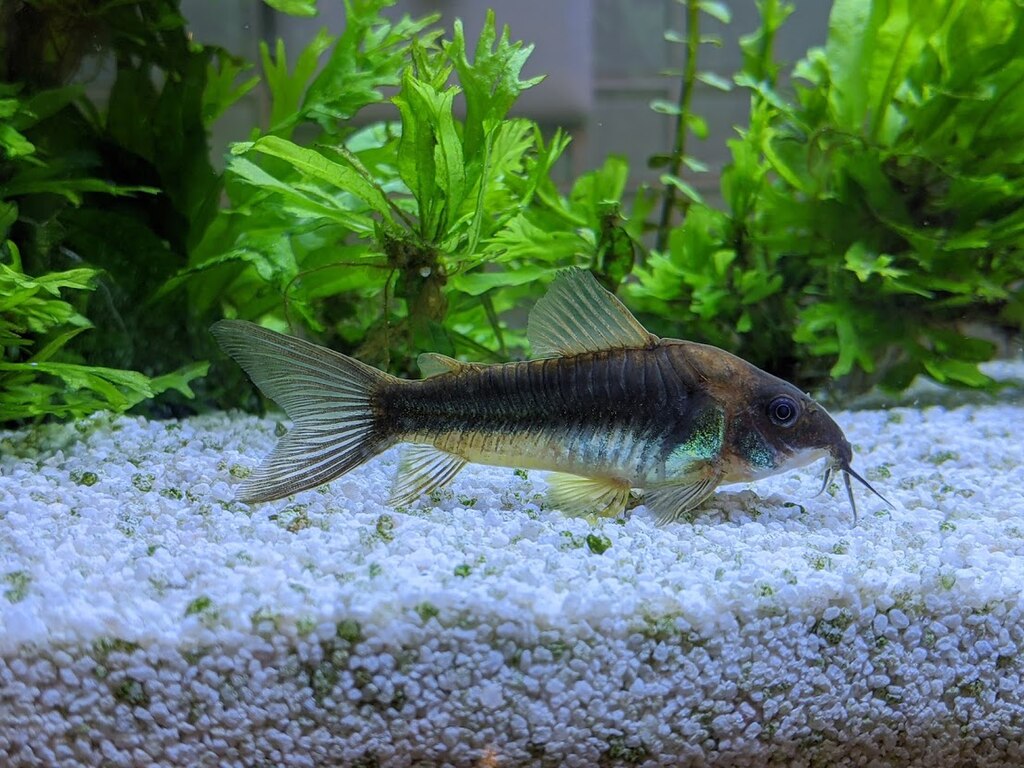
Bronze Corydoras Key Information
The Bronze Corydoras (Corydoras aeneus) is a fascinating species, and one of its most distinctive features is its coloration. Unfortunately, detailed information on its color details is not readily available. However, we can take a look at its overall appearance, which is characterized by a bronze-colored body with a distinctive pattern of lighter spots.
Here is a summary of the Bronze Corydoras’ key characteristics:
| Family | Callichthyidae |
| Origin | South America |
| Price | Moderate ($5-$15) |
| Common Names | Bronze Corydoras, Green Corydoras, Lightspot Corydoras |
| Variants | Albino, Longfin |
| Ideal Tank Size | 20-30 gallons |
| Water Parameters | pH 6.0-8.0, Temperature 20-28°C |
| Lifespan | 8-10 years |
| Full Size | 2-3 inches |
| Natural Environment | Shallow, slow-moving waters with soft bottoms |
| Behavior | Peaceful, social |
| Habitat Preference | Bottom-dweller |
| Aquarium Decoration | Plants, rocks, driftwood |
| Ideal Tank Mates | Small, peaceful fish (e.g. Neon Tetras, Harlequin Rasboras) |
| Fish to Avoid | Large, aggressive fish (e.g. Cichlids, Fin-nippers) |
| Best Foods/Diet | Omnivorous, flake, pellets, live or frozen foods |
| Disease | Prone to bacterial and fungal infections |
| Sex-switch | No |
| Gender Differences | Males have a more pointed dorsal fin and a slightly smaller size |
| Care Level | Easy-Moderate |
| Breeding Level | Challenging |
Ideal Tank Mates for Bronze Corydoras
Specific Species: Ideal Tank Mates for Bronze Corydoras (Corydoras aeneus)
When it comes to choosing tank mates for Bronze Corydoras, it’s essential to select species that are compatible and non-aggressive. Here are ten ideal tank mates that can thrive alongside Bronze Corydoras:
Neon Tetras (Paracheirodon innesi)
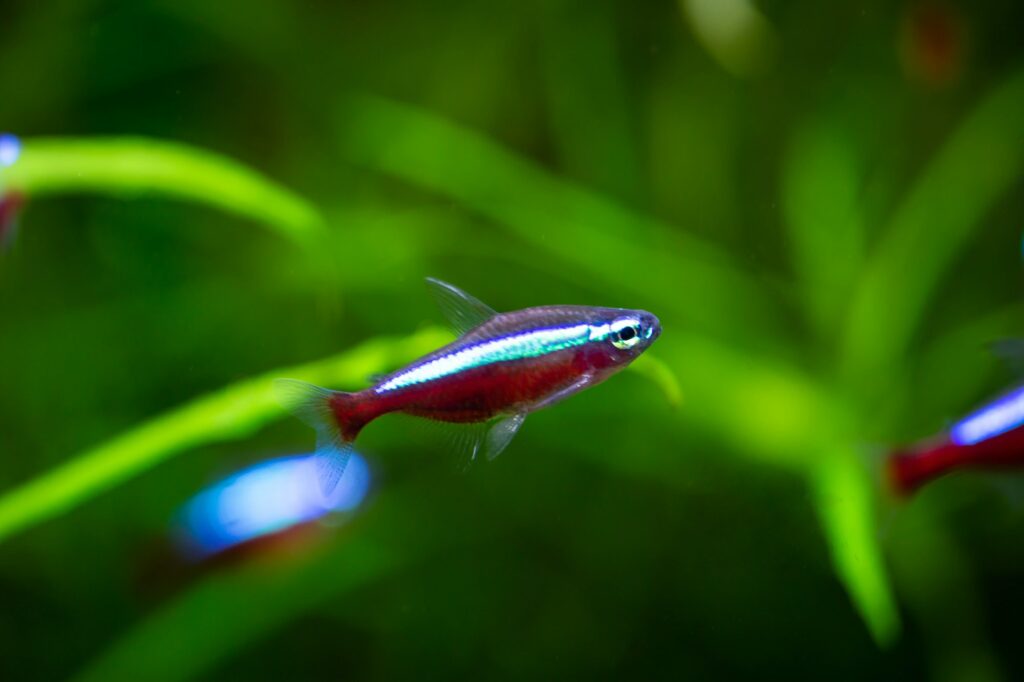
Neon Tetras are a popular choice for community aquariums, and for good reason. They are peaceful, schooling fish that can add a splash of color to the tank. Their small size and gentle nature make them an excellent match for Bronze Corydoras.
| Common/Market Names | Price Range | Care Level | Behavior | Life Span | Max Size |
|---|---|---|---|---|---|
| Neon Tetra, Neon Fish | $1-$5 | Easy | Schooling, Peaceful | 5-8 years | 1-2 inches |
Harlequin Rasboras (Trigonostigma heteromorpha)

Harlequin Rasboras are another peaceful, schooling fish that can complement Bronze Corydoras. They are easy to care for and can thrive in a well-planted tank with plenty of hiding places.
| Common/Market Names | Price Range | Care Level | Behavior | Life Span | Max Size |
|---|---|---|---|---|---|
| Harlequin Rasbora, Red Rasbora | $2-$6 | Easy | Schooling, Peaceful | 5-7 years | 1-2 inches |
Swordtails (Xiphophorus helleri)
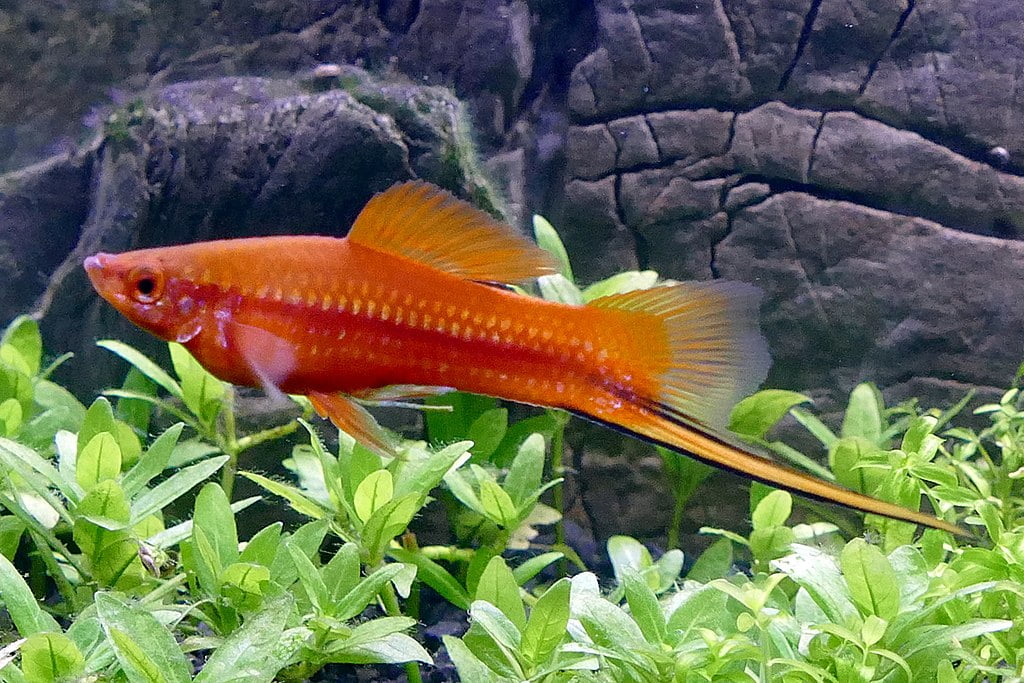
Swordtails are a popular choice for community aquariums, and their peaceful nature makes them an excellent match for Bronze Corydoras. They are relatively easy to care for and can thrive in a well-planted tank.
| Common/Market Names | Price Range | Care Level | Behavior | Life Span | Max Size |
|---|---|---|---|---|---|
| Swordtail, Green Swordtail | $3-$8 | Easy | Peaceful, Active | 3-5 years | 2-4 inches |
Otocinclus Catfish (Otocinclus vittatus)
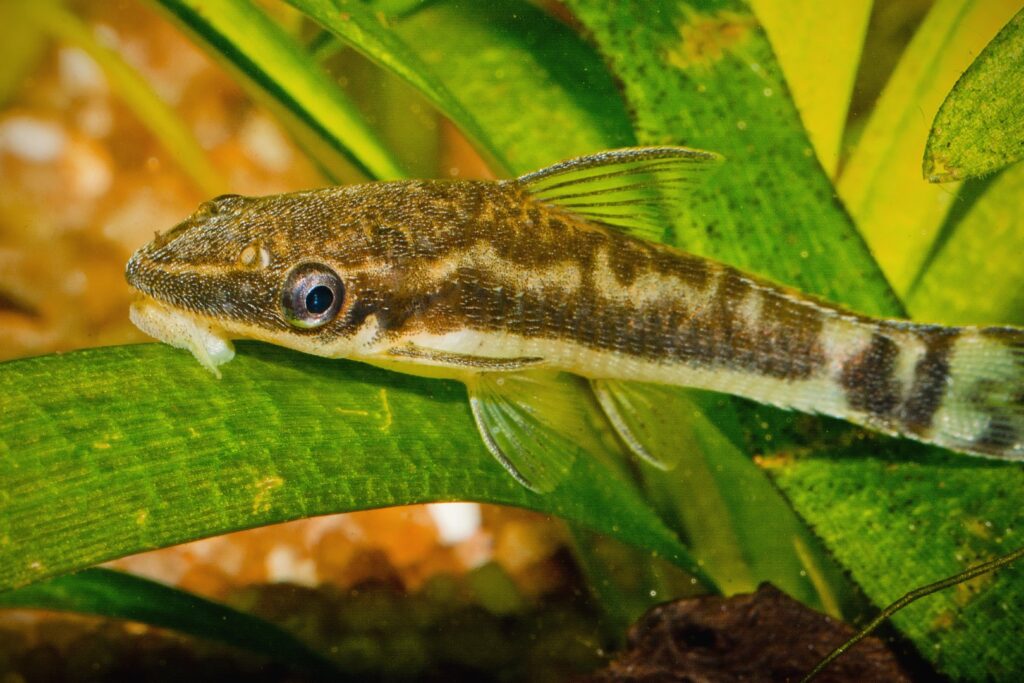
Otocinclus Catfish are small, peaceful catfish that can make excellent tank mates for Bronze Corydoras. They are easy to care for and can thrive in a well-planted tank with plenty of hiding places.
| Common/Market Names | Price Range | Care Level | Behavior | Life Span | Max Size |
|---|---|---|---|---|---|
| Otocinclus Catfish, Dwarf Suckermouth | $5-$10 | Easy | Peaceful, Nocturnal | 5-7 years | 1-2 inches |
Guppies (Poecilia reticulata)
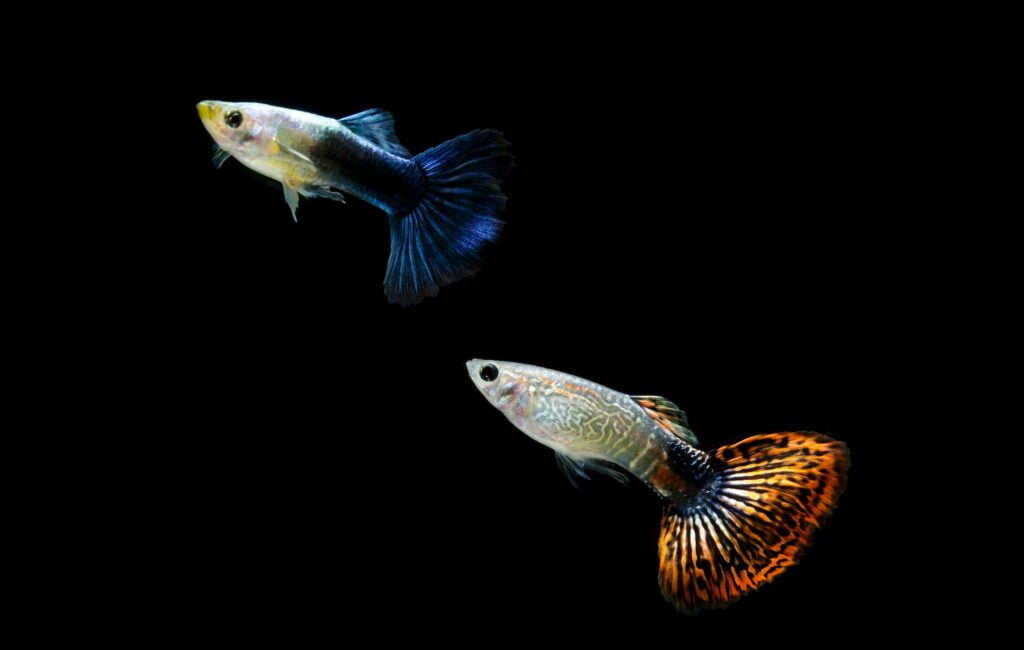
Guppies are a popular choice for community aquariums, and their peaceful nature makes them an excellent match for Bronze Corydoras. They are relatively easy to care for and can thrive in a well-planted tank.
| Common/Market Names | Price Range | Care Level | Behavior | Life Span | Max Size |
|---|---|---|---|---|---|
| Guppy, Fancy Guppy | $2-$6 | Easy | Peaceful, Active | 3-5 years | 1-2 inches |
Platies (Xiphophorus maculatus)
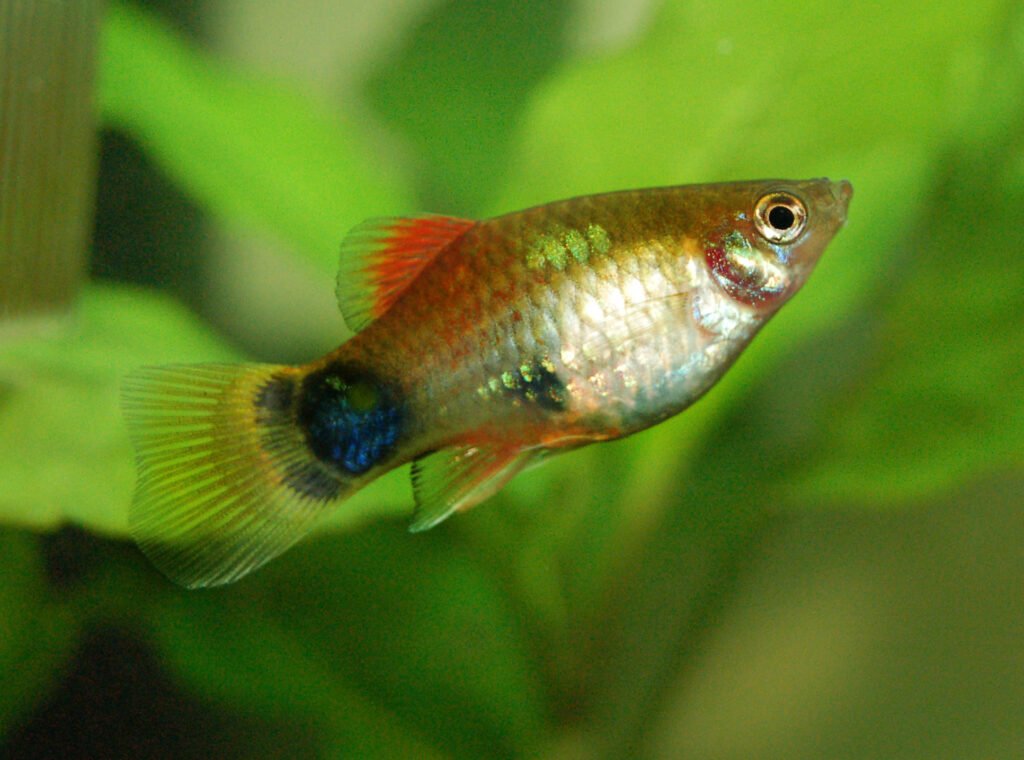
Platies are another peaceful, small fish that can make excellent tank mates for Bronze Corydoras. They are easy to care for and can thrive in a well-planted tank with plenty of hiding places.
| Common/Market Names | Price Range | Care Level | Behavior | Life Span | Max Size |
|---|---|---|---|---|---|
| Platy, Moonfish | $2-$6 | Easy | Peaceful, Active | 3-5 years | 1-2 inches |
Corydoras Catfish (Corydoras spp.)
Other Corydoras species can make excellent tank mates for Bronze Corydoras. They are peaceful, small catfish that can thrive in a well-planted tank with plenty of hiding places.
| Common/Market Names | Price Range | Care Level | Behavior | Life Span | Max Size |
|---|---|---|---|---|---|
| Corydoras Catfish, Armored Catfish | $5-$15 | Easy | Peaceful, Nocturnal | 5-10 years | 1-3 inches |
Zebra Danios (Danio rerio)
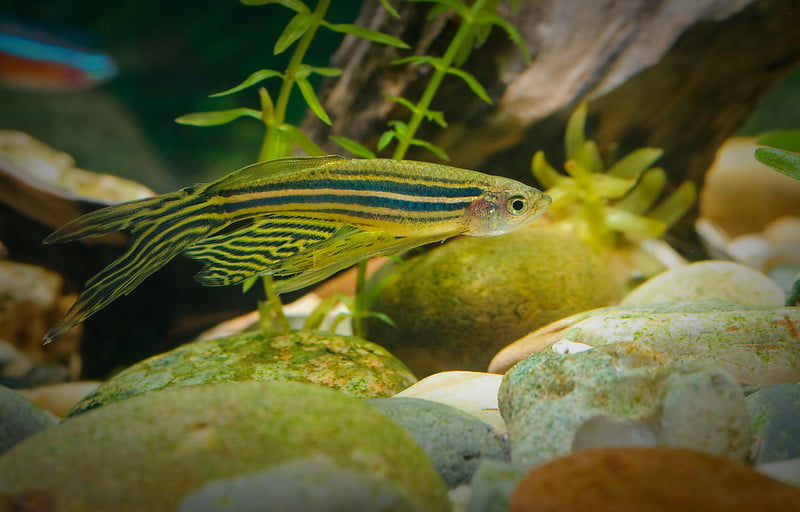
Zebra Danios are active, hardy fish that can make excellent tank mates for Bronze Corydoras. They are easy to care for and can thrive in a well-planted tank with plenty of hiding places.
| Common/Market Names | Price Range | Care Level | Behavior | Life Span | Max Size |
|---|---|---|---|---|---|
| Zebra Danio, Zebrafish | $2-$6 | Easy | Active, Peaceful | 5-7 years | 1-2 inches |
Lemon Tetras (Hyphessobrycon citrinus)
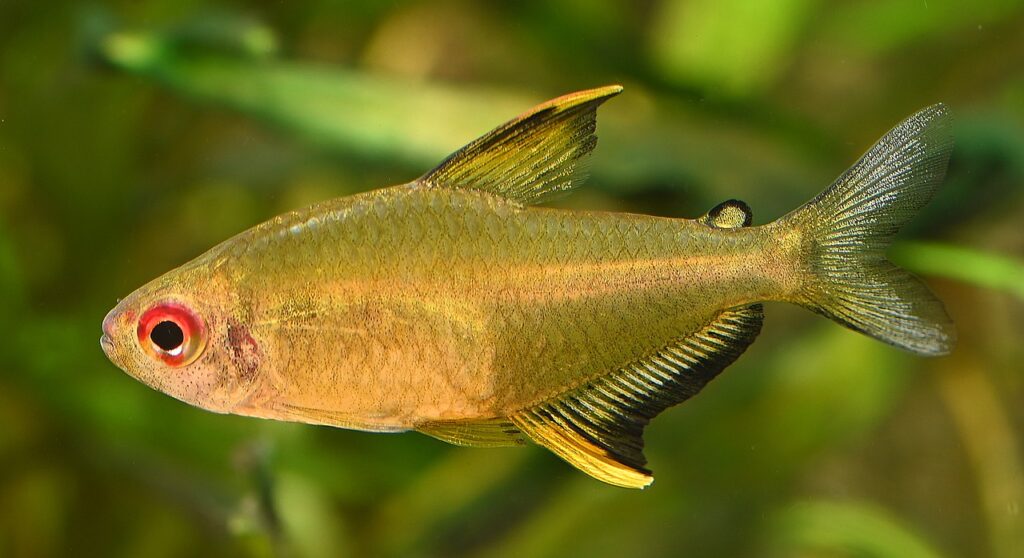
Lemon Tetras are small, peaceful fish that can make excellent tank mates for Bronze Corydoras. They are easy to care for and can thrive in a well-planted tank with plenty of hiding places.
| Common/Market Names | Price Range | Care Level | Behavior | Life Span | Max Size |
|---|---|---|---|---|---|
| Lemon Tetra, Lemon Fish | $2-$6 | Easy | Schooling, Peaceful | 5-7 years | 1-2 inches |
Dwarf Gouramis (Colisa spp.)
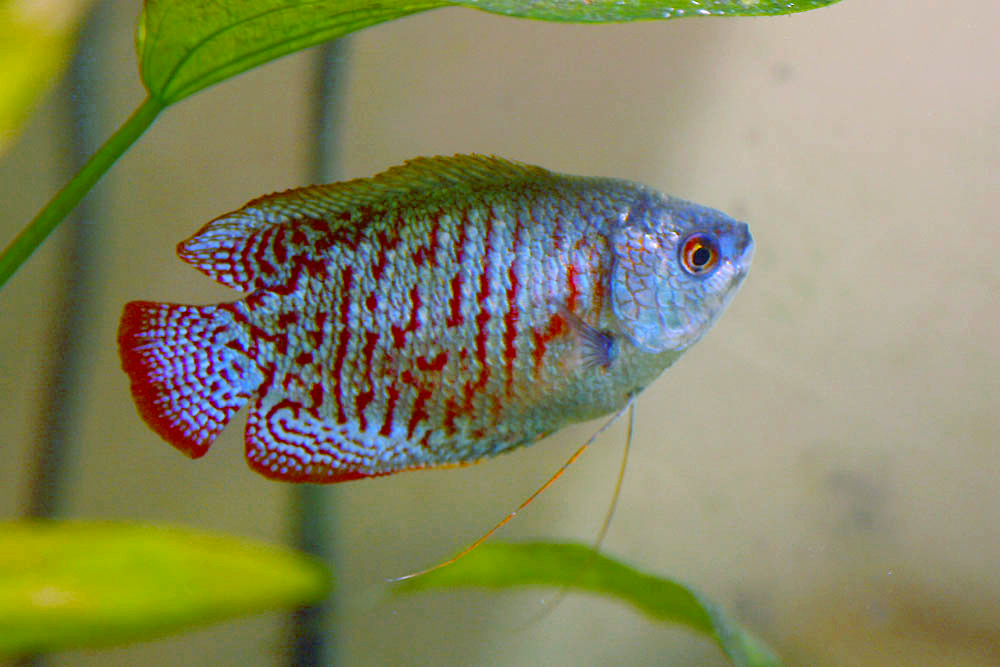
Dwarf Gouramis are small, peaceful fish that can make excellent tank mates for Bronze Corydoras. They are relatively easy to care for and can thrive in a well-planted tank with plenty of hiding places.
| Common/Market Names | Price Range | Care Level | Behavior | Life Span | Max Size |
|---|---|---|---|---|---|
| Dwarf Gourami, Pygmy Gourami | $5-$15 | Easy | Peaceful, Territorial | 5-7 years | 1-2 inches |
FAQs about Bronze Corydoras
How often should I feed my Bronze Corydoras?
Bronze Corydoras are omnivores and need to be fed a balanced diet that includes a variety of foods. It’s recommended to feed them 2-3 times a day, only as much as they can consume within a few minutes. Overfeeding can lead to digestive issues and poor water quality.
Can I keep Bronze Corydoras in a small tank?
While Bronze Corydoras can thrive in smaller tanks, it’s essential to provide them with a minimum tank size of 20 gallons. This will ensure that they have enough space to swim and forage for food. Smaller tanks can lead to stress and poor water quality.
How do I breed Bronze Corydoras?
Breeding Bronze Corydoras can be a challenging but rewarding experience. To breed them, you’ll need to set up a separate breeding tank with a temperature range of 22-25°C and a pH of 6.5-7.5. You’ll also need to provide plenty of hiding places and plants for the fish to spawn.
Can I keep Bronze Corydoras with other bottom-dwellers?
While Bronze Corydoras can be kept with other bottom-dwellers, it’s essential to choose species that are compatible and non-aggressive. Some good options include Otocinclus catfish and small loaches. Avoid keeping them with aggressive or territorial bottom-dwellers, such as some species of catfish or cichlids.
How do I care for baby Bronze Corydoras?
Baby Bronze Corydoras, also known as fry, require specialized care to ensure their survival. You’ll need to provide them with a separate tank with a temperature range of 22-25°C and a pH of 6.5-7.5. You’ll also need to feed them a diet of infusoria or commercial fry food.
Can I keep Bronze Corydoras in a community tank with fin-nippers?
While Bronze Corydoras can be kept in a community tank, it’s essential to avoid keeping them with fin-nippers, such as tiger barbs or serape tetras. These fish can cause stress and damage to the Bronze Corydoras’ fins.
How often should I clean the gravel in my Bronze Corydoras tank?
It’s essential to clean the gravel in your Bronze Corydoras tank regularly to prevent the buildup of debris and waste. You should clean the gravel at least once a week, using a gravel vacuum or siphon hose.
Can I keep Bronze Corydoras in a tank with strong water currents?
While Bronze Corydoras can tolerate some water currents, they prefer calm and peaceful waters. Avoid keeping them in a tank with strong water currents, as this can cause stress and make it difficult for them to swim.
How do I treat diseases in my Bronze Corydoras?
If you notice any signs of disease in your Bronze Corydoras, such as labored breathing, lethargy, or visible sores, you’ll need to take action quickly. Quarantine the affected fish and treat them with a commercial medication specifically designed for the disease.
Can I keep Bronze Corydoras in a tank with live plants?
Yes, Bronze Corydoras can be kept in a tank with live plants. In fact, live plants can provide them with food, shelter, and oxygen. Some good options for live plants include Java moss, Anacharis, and Amazon swordplants.
Leave a Reply